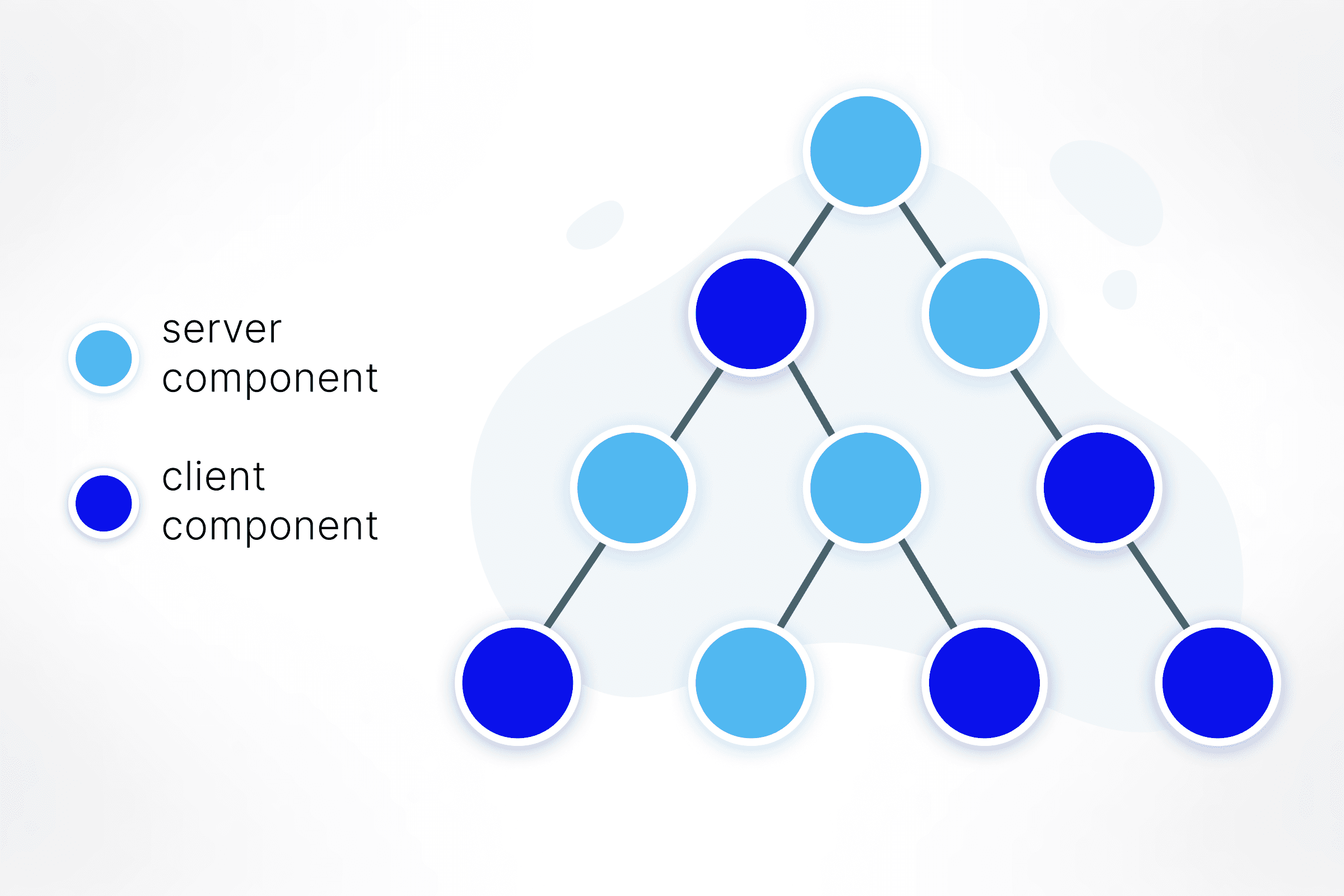
This year's Vercel Ship event (May 1st - 5th, 2023) proved to be quite interesting for Vercel users who find it a highly useful tool but wouldn't mind some additional upgrades. Vercel introduced three major innovations during the event, although it's important to note that some of them are still in the beta-testing phase.
The new features are as follows:
-
01.
Vercel KV: store key-value Redis, based on Upstash.
-
02.
Vercel Postgres: PostgreSQL database, based on Neon (beta).
-
03.
Vercel Blob: file storage, based on Cloudflare R2 (beta).
At Bitnoise, we extensively utilize Vercel for developing, deploying, and scaling websites and web applications , both for our internal projects such as Land on Moon and while working for our clients. Consequently, we closely monitor these changes and actively test the available features.
In my opinion, once these new Vercel updates become available, they will greatly benefit us, especially during the MVP and PoC phases of software development. These phases require efficient time management, agility, and effective feedback from the end client for successful outcomes.
Now, let's delve into what Vercel is and how we utilize it.
What is Vercel?
Vercel is a cloud platform renowned for its streamlined approach to website and web application development, deployment, and scaling . It leverages a serverless architecture, allowing developers to create and host websites that seamlessly integrate both static and dynamic content. Vercel's key strengths lie in its user-friendly interface and exceptional performance, making it a highly effective choice for contemporary web development needs.
The key advantages of utilizing Vercel in software development process are:
-
Accelerated development : Vercel empowers developers to iterate swiftly and collaborate seamlessly. Its user-friendly interface and comprehensive toolset facilitate a streamlined and efficient development workflow, minimizing the time spent on setup and configuration tasks.
-
Scalability and performance : Vercel incorporates built-in scalability features that ensure web applications can effortlessly handle high volumes of traffic. By automatically scaling resources based on demand, Vercel guarantees optimal performance and responsiveness for end-users.
-
Continuous deployment : Vercel simplifies the deployment process through seamless integration with popular version control systems like Git. With automated deployments and preview capabilities, developers can easily test modifications and confidently roll them out to production environments.
How does Vercel benefit Bitnoise's software development process?
As I mentioned in the introduction to the blog post, Vercel is a very useful tool that helps to speed up and improve our software development process, both for clients and internal projects.
We have used and continue to use Vercel primarily for frontend applications. However, we have also used it for applications where we separated the frontend from the backend. Vercel enables us to work seamlessly with testers who can immediately test individual changes before they are deployed to the production version . It also offers quick configuration and setup for new projects, significantly reducing the need for extensive DevOps work .

-
Hosting websites and apps written in Next.js and Remix.
-
Integration with platforms like Bitbucket is a great convenience because it allows you to deploy your website or app directly from the repository using webhooks.
-
Creating hosting and testing environments, as well as staging environments for projects that are still in development.
Use of Vercel in MVP and PoC
What was mentioned before is especially important in MVP and PoC phases of development when time and the possibility of consultancy and feedback from the client on every major change and development are crucial.
For me, it is particularly useful when we use Next.js to start any new application. Vercel's integration with Next.js simplifies the deployment process by automating configuration, providing Git integration for seamless deployments , enabling preview deployments for collaborative testing, supporting continuous deployment, and offering a secure and flexible way to manage deployment-specific environment variables.
In other words, it saves you time and effort, allowing you to focus on developing your Next.js app and delivering new features to your users with ease.
How will the upcoming changes affect the future of Vercel usage?
First, you need to keep in mind that most of these changes are still in the beta phase. There is a waitlist to test them, and it will take some time to fully introduce those features to new projects. However, based on our best knowledge and experience, as well as the information provided during the Vercel Ship event, there are some insights we can share:
-
Vercel KV upgraded serverless Redis implementation by leveraging the capabilities of Upstash. Redis, a widely adopted key-value store, is commonly utilized for tasks such as rate-limiting, session management, and application state. Vercel KV streamlines the process of creating Redis-compatible databases, enabling seamless read and write operations through Vercel's Edge Network in designated regions. This solution guarantees durability, simplicity, and minimal configuration requirements. By collaborating with Upstash, Vercel ensures the availability of serverless tooling that ensures data persistence in both memory and disk storage.
-
Vercel Postgres - PostgreSQL is a favored option for developers when it comes to handling relational data. In a collaborative effort with Neon, Vercel introduces Vercel Postgres, the inaugural serverless SQL database specifically designed for the frontend cloud. This innovative solution seamlessly integrates with popular frameworks like Next.js, Nuxt, and SvelteKit. Vercel Postgres offers comprehensive management, remarkable scalability, and fault-tolerance. It ensures high-performance and low-latency data retrieval, empowering developers to efficiently fetch data from Postgres databases and dynamically render content on the server.
-
Vercel Blob is a fast and efficient solution for storing files in the cloud. Powered by Cloudflare R2, Vercel Blob simplifies file storage by providing a storage API built on web standards. Developers can store various types of files, including images, PDFs, and unstructured data, without the need for complex configurations or heavy SDKs. With Vercel Blob, developers can easily manage files hosted on Vercel and programmatically upload or generate files during the build process. Vercel's serverless storage solutions will enhance the platform's frontend cloud capabilities. Vercel KV is going to provide a durable Redis database, Vercel Postgres will officiate a serverless SQL database, and Vercel Blob will simplifie file storage.
These changes are aimed at shortening the time of tests and deployment, and reduction of extensive DevOps work.
Conclusion
Vercel's recent innovations and ongoing improvements position it as an excellent tool for accelerating project development, which is particularly crucial in the MVP and PoC phases. In my opinion, it can save around 3-4 days of work in a given project. With its user-friendly interface, comprehensive toolset, and integration capabilities, Vercel empowers developers to iterate swiftly, handle high volumes of traffic, and deploy changes seamlessly.
Vercel has introduced new functionalities such as Vercel KV, Vercel Postgres, and Vercel Blob. These features aim to enhance key-value storage, provide a serverless SQL database, and enable efficient file storage, respectively. Although these features are currently in beta testing, they hold the promise of further optimizing the software development process and improving overall project efficiency.
As Vercel continues to evolve and expand its offerings, it solidifies its position as a valuable resource for developers seeking speed, agility, and exceptional performance in their projects.


